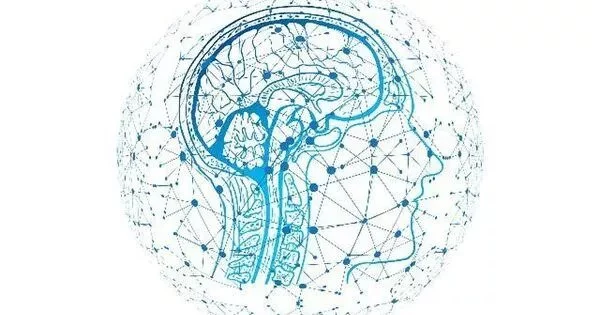A brain-computer interface (BCI), also known as a brain-machine interface (BMI), is a technology that allows direct communication between the brain and an external device, such as a computer or a robotic device, without requiring any muscle or motor activity. BCIs work by recording electrical signals or other types of signals from the brain, and then translating these signals into commands that can be used to control a device.
BCIs can be invasive or non-invasive. Invasive BCIs involve the implantation of electrodes directly into the brain tissue, while non-invasive BCIs use sensors placed on the scalp or other parts of the body to pick up signals from the brain.
It is a direct communication link between the electrical activity of the brain and an external device, most commonly a computer or robotic limb. BCIs are frequently used to research, map, assist, augment, or repair human cognitive or sensory-motor functions. BCI implementations range from non-invasive (EEG, MEG, EOG, MRI) to partially invasive (ECoG and endovascular) to invasive (microelectrode array), depending on how close electrodes are to brain tissue.
Jacques Vidal began researching BCIs in the 1970s at the University of California, Los Angeles (UCLA) with a National Science Foundation grant, which was followed by a DARPA contract. Vidal’s 1973 paper is the first time the term “brain-computer interface” appears in scientific literature.
Because of the brain’s cortical plasticity, signals from implanted prostheses can be handled by the brain like natural sensor or effector channels after adaptation. The first neuroprosthetic devices implanted in humans appeared in the mid-1990s, after years of animal testing.
BCIs have potential applications in a variety of fields, including medicine, rehabilitation, and gaming. In medicine, BCIs can be used to help individuals with neurological disorders, such as paralysis or ALS, to communicate and control their environment. BCIs can also be used in rehabilitation to help individuals recover movement and function after a stroke or other injury. In gaming and entertainment, BCIs can be used to create more immersive experiences, allowing individuals to control game characters with their thoughts or emotions.
Recently, studies in human-computer interaction have had high levels of success in autonomous recognition of fall detection as a medical alarm, mental state (Relaxed, Neutral, Concentrating), mental emotional state (Negative, Neutral, Positive), and thalamocortical dysrhythmia via the application of machine learning to statistical temporal features extracted from the frontal lobe (EEG brainwave) data.
While BCIs hold great promise, there are still many technical and ethical challenges that need to be addressed before they can be widely used. These challenges include improving the accuracy and reliability of BCI signals, developing more effective and user-friendly interfaces, and ensuring that the technology is used in a safe and responsible manner.
















